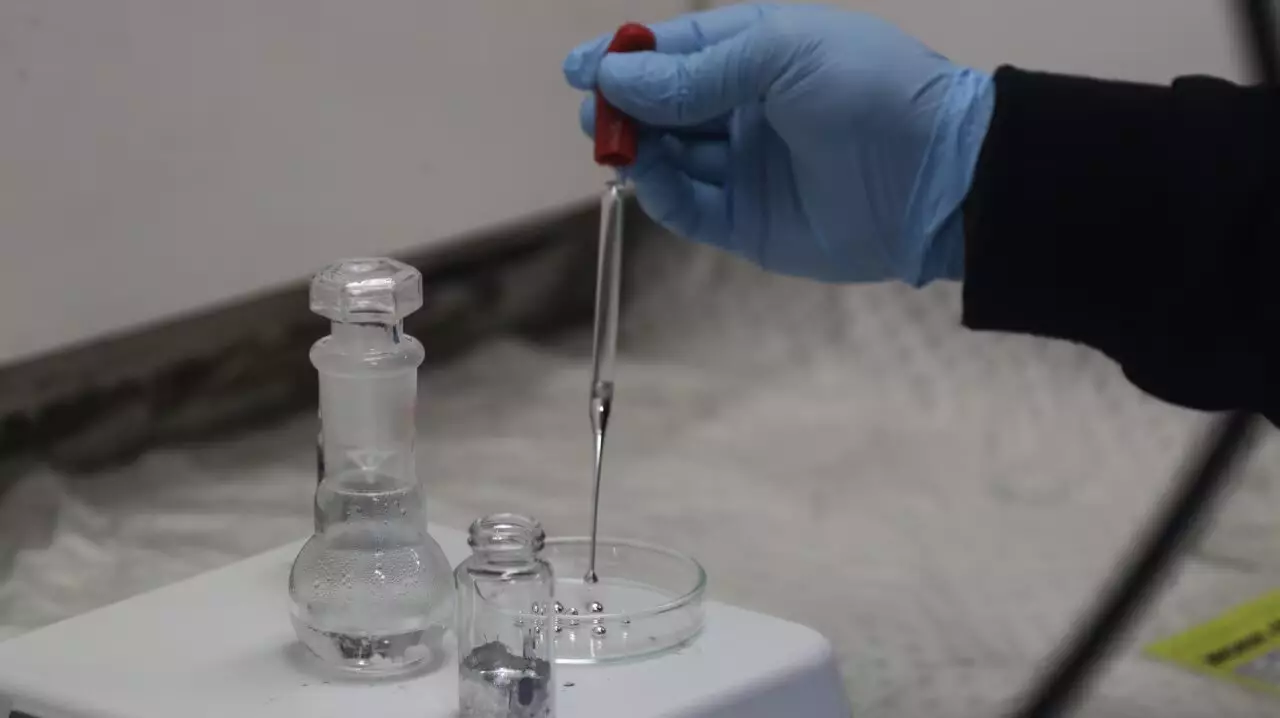In a world grappling with the escalating crisis of climate change, innovative approaches to reduce industrial emissions are not just welcomed; they are essential. Researchers at the University of Sydney have made a groundbreaking proposal that hinges on the intriguing properties of liquid metals. This novel concept leverages the “atomic intelligence” inherent in these metals to drive sustainable chemical reactions, potentially reshaping the landscape of the chemical industry. As it stands, chemical production stands as a significant contributor to global greenhouse gas emissions, accounting for an estimated 10–15% of total emissions. The urgency to transition to greener technologies is imperative, especially given that chemical factories consume over 10% of the planet’s total energy.
The Current Landscape of Chemical Production
At the heart of this issue lies the fundamental nature of chemical reactions. The current methods, deeply entrenched in the industry, often require colossal amounts of energy to facilitate reactions that manufacture essential products—from high-grade plastics used in medical devices to ammonia for agricultural purposes. Professor Kourosh Kalantar-Zadeh, who leads the research effort, emphasizes that many people overlook the chemical processes that underpin modern society. Such processes, while foundational, are rife with inefficiencies that contribute to increasing energy consumption and, consequently, greenhouse gas emissions.
Liquid Metals: A Game Changer
The researchers propose an approach that revises the existing paradigms of chemical reactions. By utilizing liquid metals, they aim to achieve significant efficiencies in chemical processing. Although the application of liquid metals in reactions is still nascent, the potential benefits could be transformative. Current chemical reactions predominantly rely on solid catalysts, which necessitate heating to extreme temperatures—often reaching thousands of degrees Celsius. This process not only consumes an enormous amount of energy but also perpetuates the cycle of emissions.
The use of liquid metals offers a promising alternative. These metals can dissolve catalytic elements such as tin, copper, silver, and nickel at significantly lower temperatures, creating alloys that facilitate chemical reactions without the intensive heat that traditional methods require. This shift not only reduces energy demands but also opens up new avenues for diverse chemical production, including the potential to generate green hydrogen and tackle the daunting challenges of breaking down persistent pollutants like microplastics and PFAS.
A Call to Action for Chemical Engineering
What makes this research particularly compelling is the call to action it represents for the field of chemical engineering. It challenges engineers to rethink long-standing methodologies and embrace the untapped potential of liquid metals. By exploring this new territory, the research team advocates for a paradigm shift that could lead to more sustainable and efficient chemical production processes. The atmosphere of innovation surrounding this proposal underscores the pressing need for scientists and industry stakeholders to collaborate in harnessing these new capabilities.
As global energy demands continue to rise, the call for advancements in chemical production methods has never been more urgent. By integrating the properties of liquid metals into chemical processes, the industry stands at the brink of a pivotal transformation that could not just reduce emissions but reshape our entire approach to chemical engineering.

